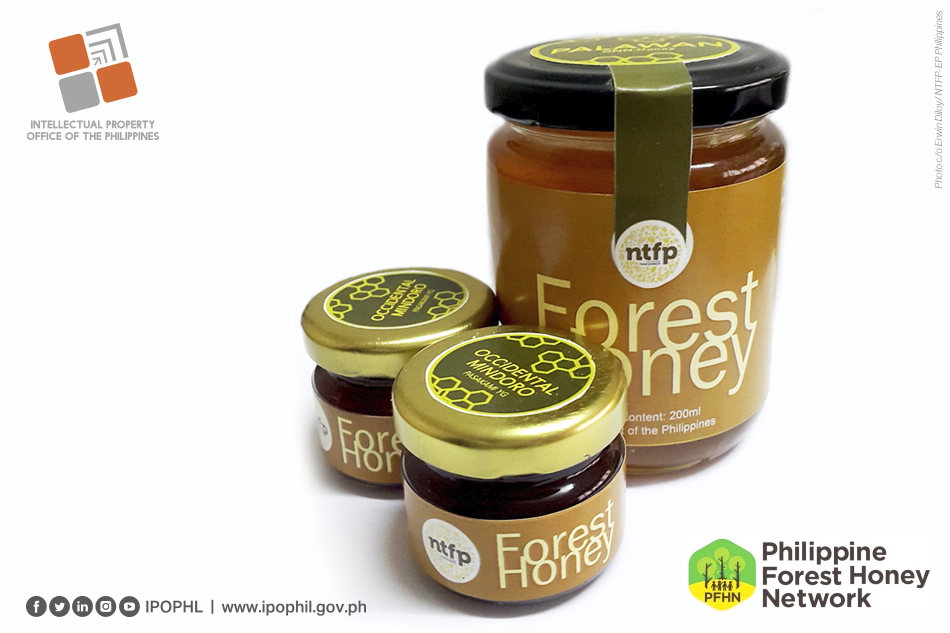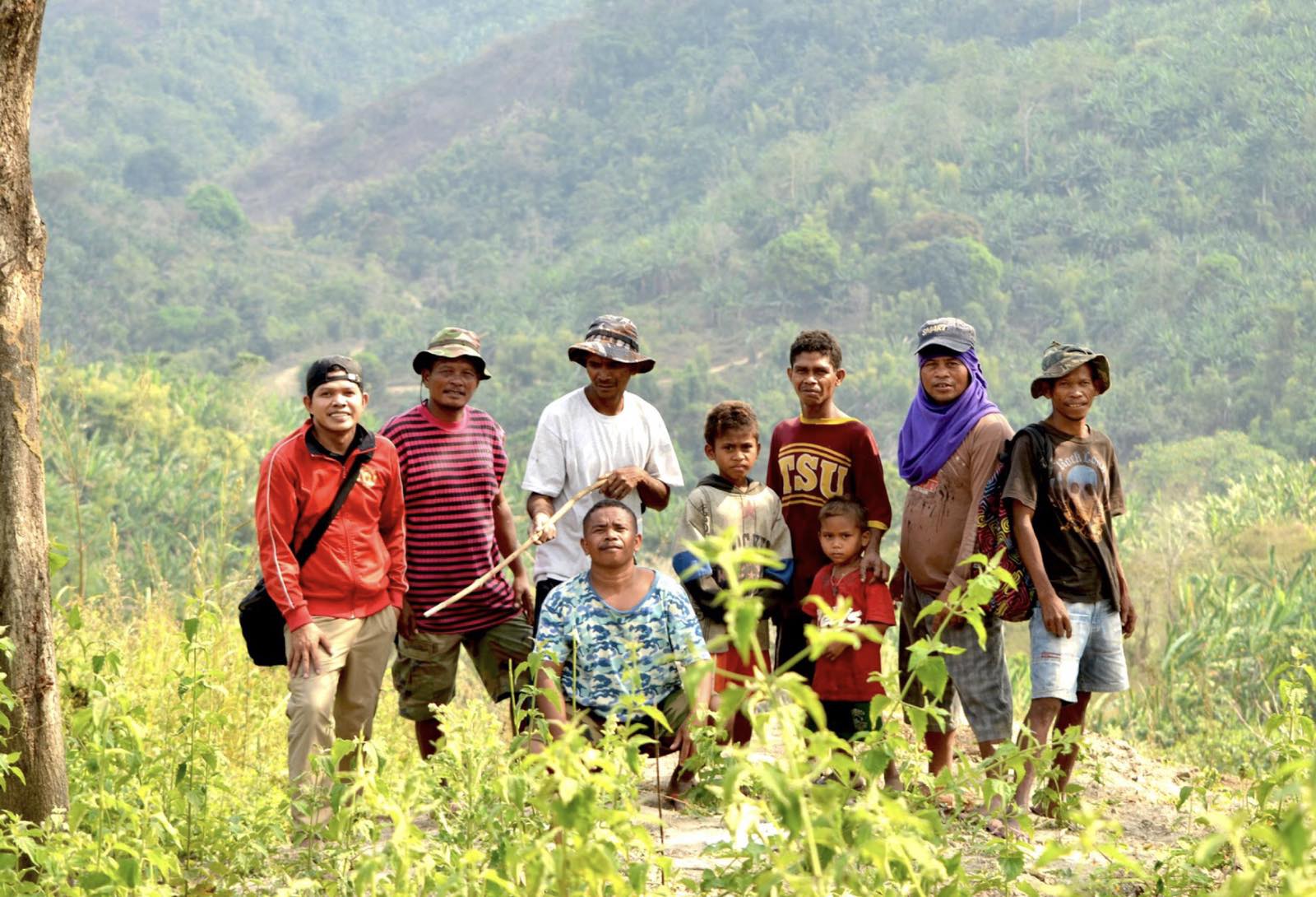
Pure and Raw: Protecting Local Honey and Its Indigenous Harvesters
May 20, 2020
An alarming issue that is being experienced on a worldwide scale, just like climate change or overpopulation, is the rapid decrease of honey bees. More than 30% of the produced food in the world depends on pollination and bees are, in fact, the most important pollinators. As such, their existence directly affects the planet’s biodiversity; affecting all levels of the food chain.
The Philippines is a megadiverse country where five out of nine honey bee species in the world are native. There is major potential in honey production and distribution. In fact, a number of local enterprises have seen the benefits of innovating around honey and have sought intellectual property protection for their ideas. Non-Timber Forest Products - Exchange Programme, a non-profit organization that aims to strengthen the sustainable management of natural resources of forest-based communities, saw the need to protect the indigenous forest-based communities that practice honey harvesting while also seeing the potential of pure forest honey. In line with their organizational mandate, the Philippine Forest Honey Network (PFHN) was conceptualized, created, and thereafter trademarked.
PFHN is a network of forest-based communities and support groups that advocate for sustainable and responsible management, harvesting, and marketing of forest honey. There are 14 members composed of 11 community-based enterprises, two local marketing centers, and one national marketing center. The umbrella organization that serves as the secretariat and convener of PFHN is Non-Timber Forest Products – Exchange Programme, .
Presently, the 11 community-based enterprises also happen to be members of indigenous groups, namely: the Aeta in Botolan, Zambales; the Mangyan Alangan of Oriental Mindoro; the Mangyan communities in Occidental Mindoro; the Pala’wan in Quezon, Palawan; the Dumagat of General Nakar, Quezon; Ata communities in Cadiz, Negros Occidental; Ituman-Magahat-Bukidnon communities in Himamaylan, Negros Occidental; and Higaonon communities in both Bukidnon and Misamis Oriental.

Erwin Diloy/ NTFP-EP Philippines
There has been a recent surge in the demand for honey, particularly true forest honey. Suddenly, people are becoming more health conscious and wanting to adhere to the ‘natural’ and ‘organic’. If only technically and financially capable, indigenous groups that harvest and sell honey could capitalize on this situation. However, they generally have limited knowledge about marketing, pricing, quality standards, and even know-how on proper processing. Even if somehow they acquire these knowledge, communities would still need to be sufficiently prepared in terms of tools and equipment. PFHN aims to reduce, if not altogether eliminate, these hindering conditions by developing organizational support for forest honey gatherers.
Five years after its establishment, PFHN was able to register its trademark in 2017 and was also able to see how it positively affected the network groups by creating opportunities in expanding the market for forest honey. For one, being registered meant having legitimacy. This was especially important for the communities as having a trademark on their products improved their confidence. Though adherence to the protocols and standards that came with the trademark was initially challenging, it proved to be advantageous as it was also an additional understanding in documentation, government regulations, and systematization within a group. The trademark also enabled the network to remain intact despite the appeal of collaborating with mainstream traders. The trademark was a representation of the organization that it is the only network in the entire country that focuses on forest honey; and that in itself is a source of pride.
For the consumers, on the other hand, the PFHN trademark symbolizes a story behind each product – a story of fair trade, local support, and indigenous knowledge systems and practices. It also meant that with every honey bought from PFHN, a consumer surely contributes to both the conservation of bee populations and forests in the country and the indigenous cultural communities that harvest and produce the honey products.
Presently, PFHN also endeavours to eventually mainstream forest honey and its by-products by reintroducing it as a food option with great health, nutrition, and beauty care benefits. Despite this ultimate objective, PFHN always strives to incorporate sustainability by establishing organizational standards in harvesting, processing, and packaging. In fact, all the stakeholders involved in the entire process are provided with quality control measures. Moreover, the integration and respect towards indigenous honey-gathering practices ensure that the methodologies are time-tested, culturally sensitive, and of course, sustainable. After all, what is profit if the resources are diminishing? ### (Nastasha Erika Floro, Communications and Marketing Writer)
References
Algo, J. L. (2020, January 24). ALL ABOUT BEES: IN THE PHILIPPINES AND BEYOND. Retrieved from Haribon Foundation: https://haribon.org.ph/all-about-bees-in-the-philippines-and-beyond/
Allabaugh, D. (2019, June 30). Demand for raw honey is up and so is the price. Retrieved May 15, 2020, from The Citizens' Voice: https://www.citizensvoice.com/news/demand-for-raw-honey-is-up-and-so-is-the-price-1.2502688
Conde, M. (2018, June 10). 11 fascinating facts about bees, the most important pollinators. Retrieved from Rappler: https://www.rappler.com/science-nature/environment/204495-fascinating-facts-bees-pollinators
Food and Agriculture Organization of the United Nations. (2019, July 12). THE IMPORTANCE OF BEES IN NATURE. Retrieved May 15, 2020, from Food and Agriculture Organization of the United Nations: https://www.fao.org/tempref/docrep/fao/012/i0842e/i0842e04.pdf
Non-Timber Forest Products - Exchange Programme. (n.d.). Honey Catalogue 2020 for Organics Philippines. Quezon City, Metro Manila, Philippines



